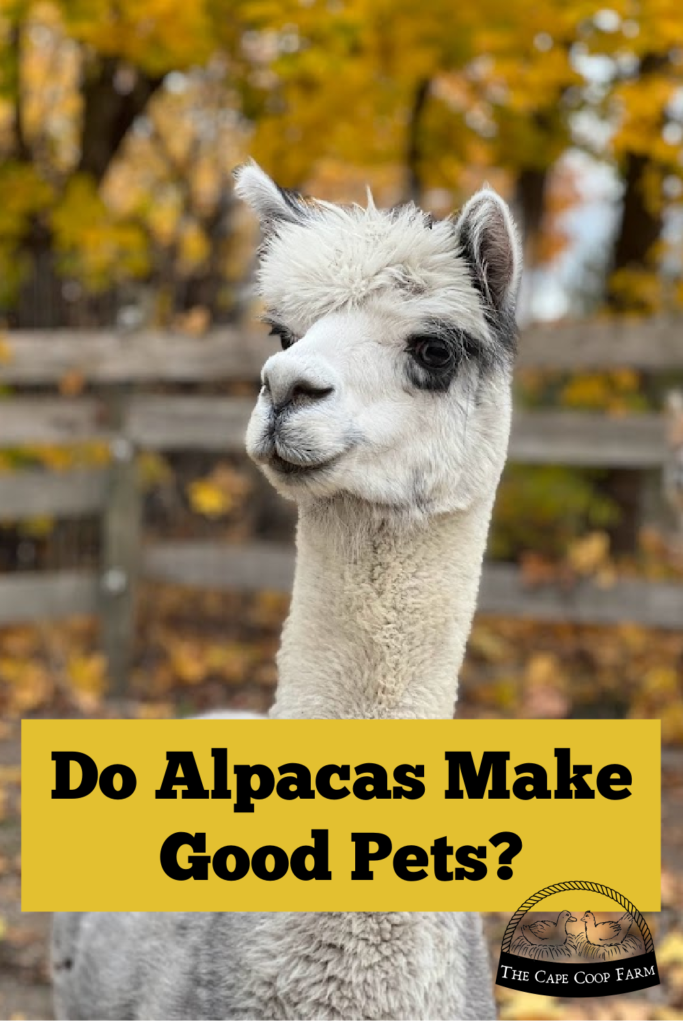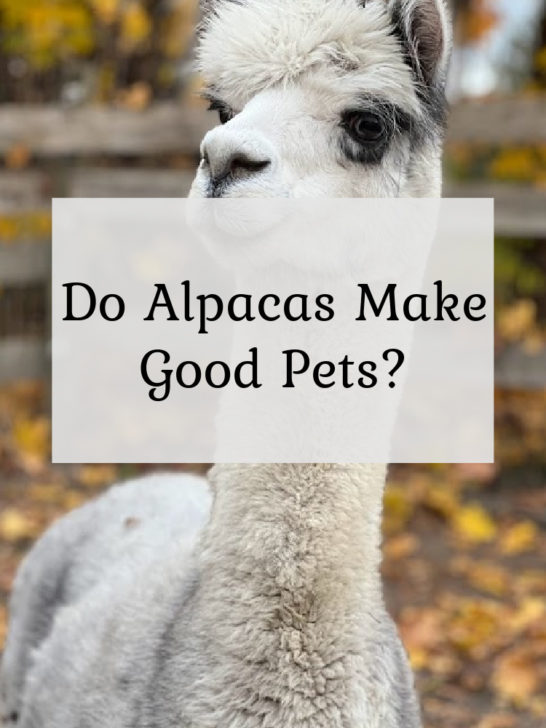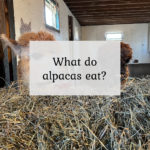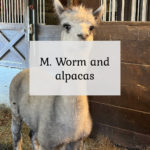---------------------------------------------------------
Alpacas are undeniably cute and they are not particularly difficult to care for. But do alpacas make good pets?
Are alpacas good pets?
I’m going to disappoint a lot of people, but alpacas are not really good pets. At least not in the traditional sense. It mostly depends on what your expectations of a “pet” are. A “pet” is an animal kept for companionship or pleasure. If you are looking for an animal that will enjoy snuggling with you or one that will provide lots of affection, an alpaca is not the animal for you. Just like any other animal, each alpaca has their own individual personality. Some are friendly, some are calm, some are aggressive, and some are timid. But in general, they don’t enjoy hugs or snuggles.
They might be domesticated animals but they are livestock. They should live outdoors with other alpacas. That doesn’t mean they don’t like humans, and it doesn’t mean they can’t be both livestock and a pet. As long as your expectations are realistic, alpacas can be enjoyable pets. There are plenty of pets you can’t cuddle, like fish or reptiles. I’ve had several cats over my lifetime, some are constantly underfoot and on my lap as soon as I sit down. Some only like affection on their terms. The key to enjoying any animal companion is knowing how to interact with them and respecting their boundaries.
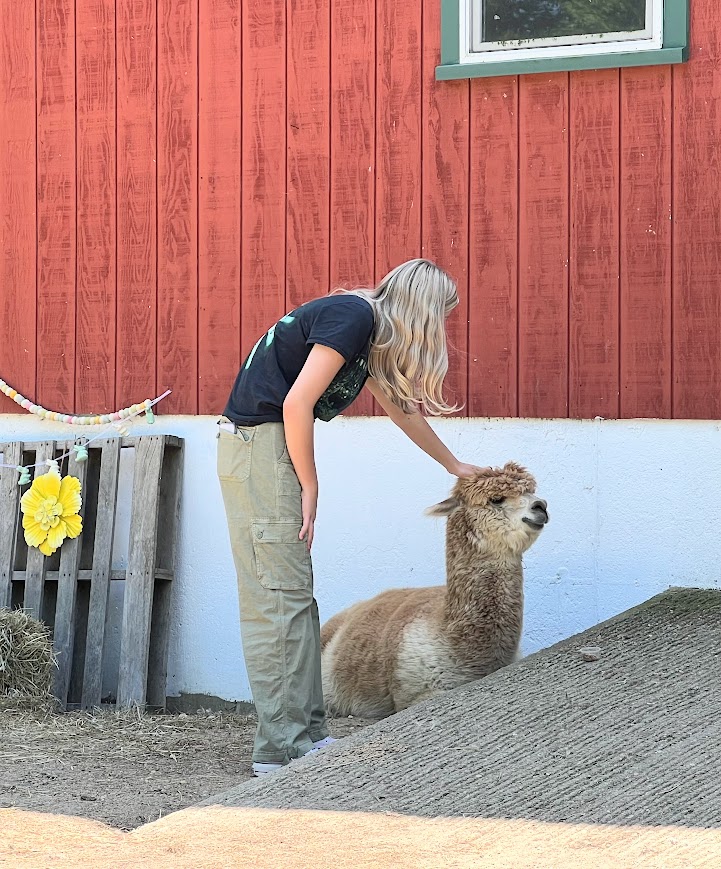
Why don’t alpacas make good pets?
In general, alpacas are not cuddly even though they look like they would be great to hug. They are prey animals. Hugging them is restaining and it makes them nervous. Their instincts tell them to be scared and to try and escape. An extremely patient alpaca might tolerate hugs but will likely feel very anxious about it.
Alpacas are not solitary animals. A dog might be happy to be part of a pack with humans and no other dogs, but alpacas need to have other alpacas around. At minimum, you need 3 alpacas to make up a herd. Some people will adopt a baby alpaca (called a cria) as a pet, they might even plan to raise it inside their home. Crias might be tiny, about the size of a large dog, but they grow. A full-grown male alpaca can be close to 200 pounds and over 5.5 feet tall. They are very strong and definitely not a house pet.
Aberrant Behavior Syndrome
Crias that are not properly socialized with other alpacas can develop Aberrant Behavior Syndrome (also sometimes called Berserk Syndrome). This occurs in alpacas that were taken from their mother prematurely, bottle-fed, and over-handled by humans. The humans often mistakenly think this will make the alpaca more friendly and make him like humans more. A human should not be an alpaca’s herdmate.
Unfortunately what happens is the alpaca bonds with the humans and sees them as its herd members. When he comes of breeding age, he becomes territorial and then sees the humans as his rivals. This happens more often with male alpacas, but can also happen with females. The unsocialized alpaca becomes unruly and aggressive. Neck wrestling, rearing up, stomping, and biting are often how alpaca disputes are handled. When an alpaca does that with a human it is very dangerous, especially for children.
Sometimes gelding them will help, but many of these “berserk” alpacas are put down because their owners don’t know how to correct the behavior (which can be very difficult even for a professional). Bottom line: crias are not like puppies. Loving and cuddling them when young is not how to make a human-friendly alpaca. Alpacas need to learn from other alpacas how to behave and that usually makes them naturally wary of humans.
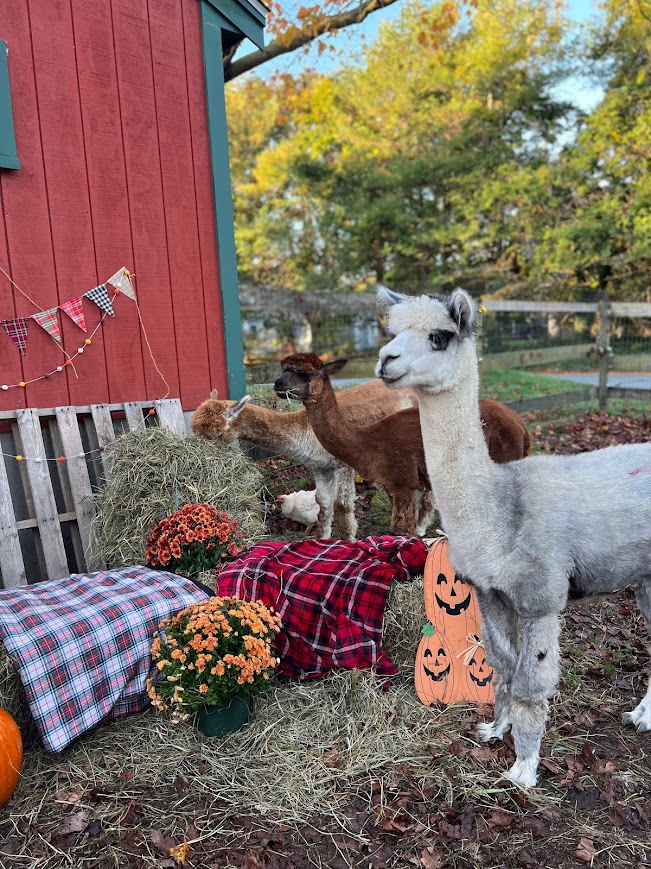
Trust is key
Earning your alpaca’s trust is helpful for every alpaca owner. Raising alpacas will require you to handle them from time to time regardless if you think of them as “pets” or “livestock”. You need to trim their nails every 2-3 months. They will need to be sheared once a year. Teeth need to be trimmed. Alpacas will occasionally need shots, vitamins, and wounds treated….all of these things will be made much easier if your alpaca trusts you and allows handling.
How to earn your alpaca’s trust
First, remember that alpacas are prey animals. Grabbing, chasing, and restraining them will all be perceived as a threat and they will panic. Move slowly and give your alpaca plenty of time to process what you are doing. They are really smart and will learn in time what your intentions are. But if you move too quickly they might panic and be forced to react.
Whenever dealing with your alpacas speak to them with a low, calming voice. Sometimes I will even sing to them! When touching them, do so gently. For example, many alpacas are nervous about getting their back toenails trimmed. Instead of just picking up their back foot, use your hand to feel down their leg, starting at their back. This gives them time to process the handling.
Let your alpacas come to you. Try sitting quietly with a small cup of feed near you. Let them eat the feed without making any moves to touch them. Do this daily, moving the cup closer to you as they feel comfortable until eventually they will eat out of your hand.
Halter training your alpacas is a safe way to restain them when you need to. Halter training is much easier with babies than adults, but with time and patience, you can also halter train adults even if they are not used to handling. Using a high-value food like pellet feed can be a helpful reward to let the alpaca see the halter as a positive experience.
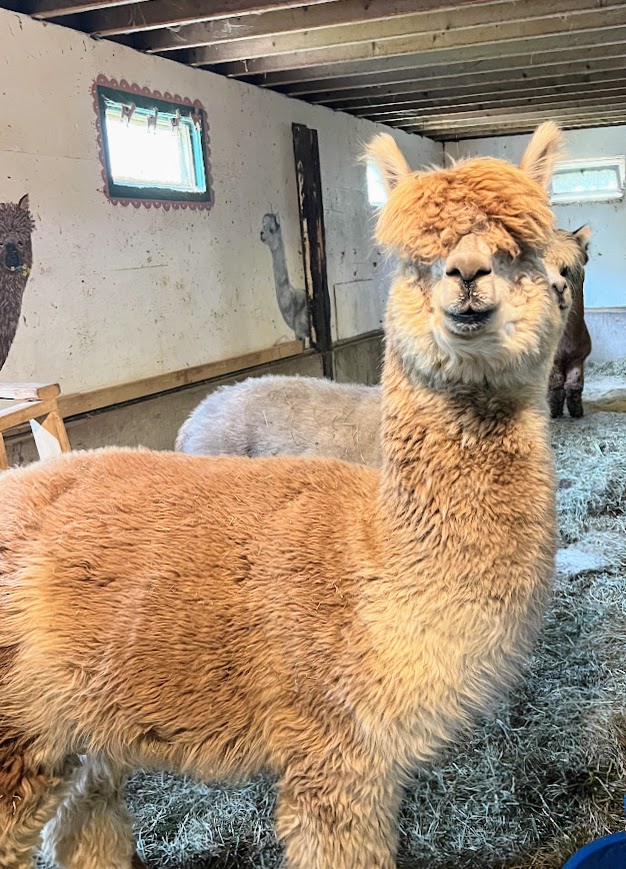
Alpacas are individuals
The most important factor is remembering that alpacas are individuals. Some will eventually allow you to pet their back or scratch their head. Some never will accept petting but will be comfortable with you being very close or moving around them. Others might only be comfortable with you at a safe distance. Your alpaca might eventually trust you enough to eat from your hand while others might only be comfortable eating once you’ve left the room.
Alpacas really are lovely, peaceful animals. As long as your expectations are practical, they can bring a lot of joy to your life!
